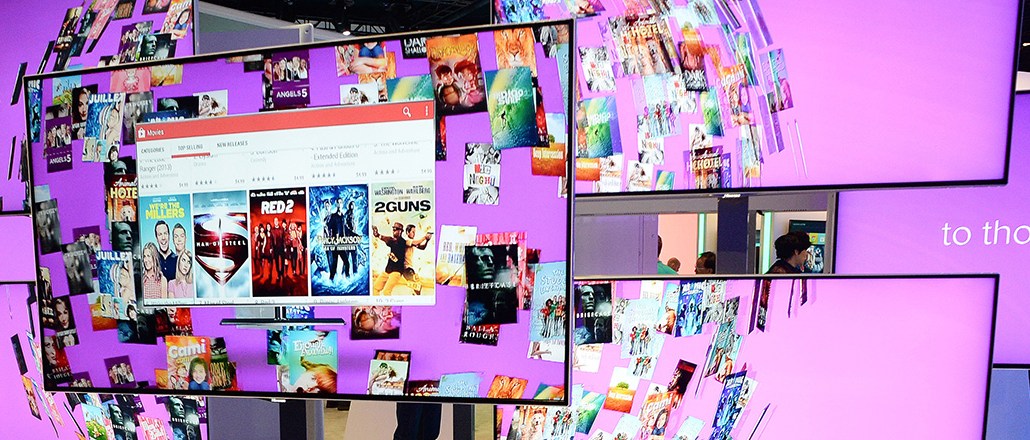Save 50% on a 3-month Digiday+ membership. Ends Dec 12.

The dominant players in online video advertising today are YouTube and other short-form content providers. But that won’t last much longer.
YouTube and its ilk will lose their lead to companies distributing television programming through “over-the-top” (OTT) connected devices, according to a new report from media research firm The Diffusion Group. That OTT programming is mostly the same long-form content people watch on a traditional TV broadcast — from AMC’s “The Walking Dead” to ESPN’s “SportsCenter” — but served through connected devices such as Roku, Apple TV and Chromecast that enable digital measurement and ad-serving.
The Diffusion Group report forecasts legacy TV advertising revenue will drop to $47.5 billion in 2018, while OTT TV ad revenue will rise to $31.5 billion during the same period. Jointly, that spells growth for the TV advertising market, even as traditional TV advertising budgets decline.
Right now, “OTT advertising is still lumped in with YouTube videos and ads on sites that have video,” said Alan Wolk, senior analyst at The Diffusion Group and author of the “Future of OTT TV Advertising” report. “By 2020, give or take, there will be no distinction between OTT and TV buying. If I’m Kraft, I will buy women 18 to 25 who are watching [ABC television series] ‘Scandal,’ and that ad will show up through OTT or set-top boxes. They’ll be bought and sold together.”
That current conception of OTT ads as online advertising leads to undervalued inventory, but the biggest element holding the sector back is lack of a unified measurement standard, said Wolk. While a number of companies are offering OTT measurement products, including Rentrak and Kantar, many in the industry are waiting on Nielsen’s solution, which it has been working on since 2013. Wolk expects it to finally arrive later this year, which is likely to prompt a major upswing in the value of OTT inventory.
But whatever Nielsen does, the dollars will eventually follow the viewers, who are spending an increasingly large amount of time consuming video programming through connected devices. Last year, the average U.S. consumer watched 3.6 hours of OTT content per week. The report forecasts that figure will nearly double to 6.9 hours this year, with steady increases each subsequent year through 2020.
Not all video content accessible through connected devices is 20 minutes or longer — watching a two-minute YouTube clip through a game console is still considered OTT viewership — but people gravitate toward lengthier content when they’re sitting on their couch, watching on an actual TV screen. FreeWheel’s recent video monetization report shows that 91 percent of OTT ad views occur on content longer than 20 minutes (or on live content, which tends to run longer than 20 minutes).

Across OTT platforms and channels, the average video ad load for a standard 30-minute show will increase from 3.2 minutes last year to 5.2 minutes by 2020, according to Wolk’s analysis. Alongside increased viewership as well as advances in OTT ad measurement and targeting, that will help drive substantial growth in OTT ad revenue over the coming years. That growth will be fastest in the next two years, as both multiplatform video providers (Comcast, Time Warner, etc.) and networks push their “TV Everywhere” applications on consumers, said Wolk.
Main image courtesy of Robyn Beck / AFP / Getty Images
More in Media

Meta enters AI licensing fray, striking deals with People Inc., USA Today Co. and more
The platform has secured seven multi-year deals with publishers including CNN, Fox News, People Inc., USA Today Co to incorporate their content into its large language model (LLM) Llama.

European publishers say the Digital Omnibus ‘cookie fix’ leaves them worse off
The European Union’s attempt at a legislative spring clean for Europe’s web of data privacy rules, has landed flat with publishers.

Digiday+ Research Subscription Index 2025: Subscription strategies from Bloomberg, The New York Times, Vox and others
Digiday’s third annual Subscription Index examines and measures publishers’ subscription strategies to identify common approaches and key tactics among Bloomberg, The New York Times, Vox and others.









